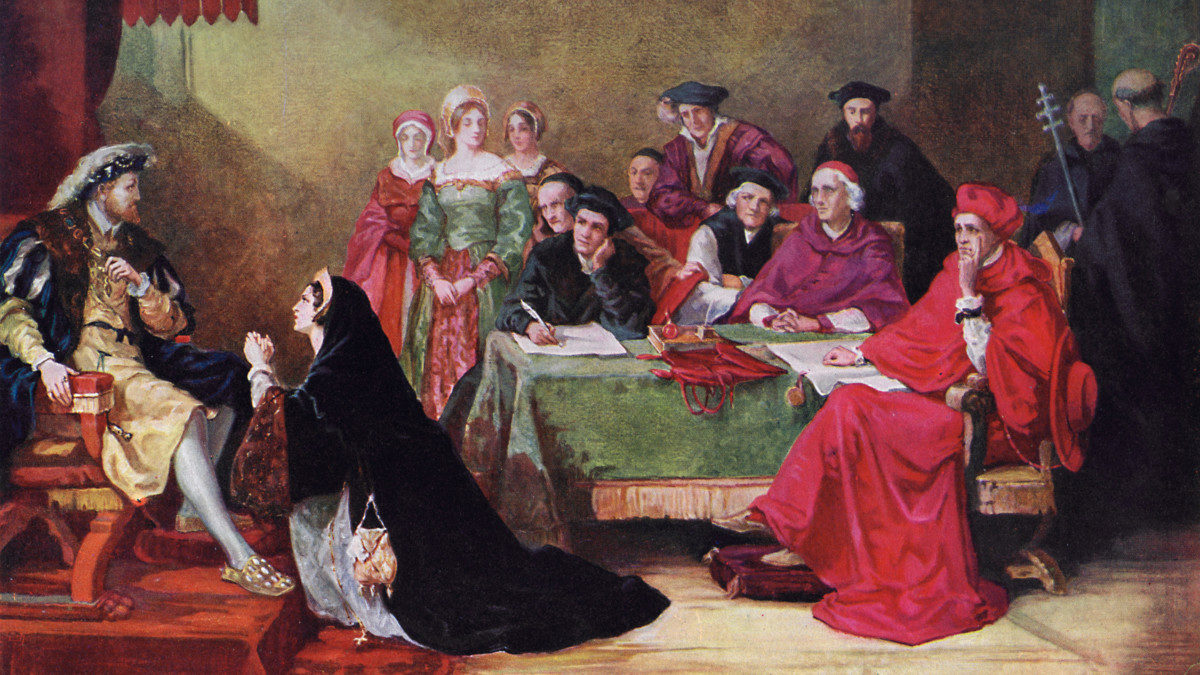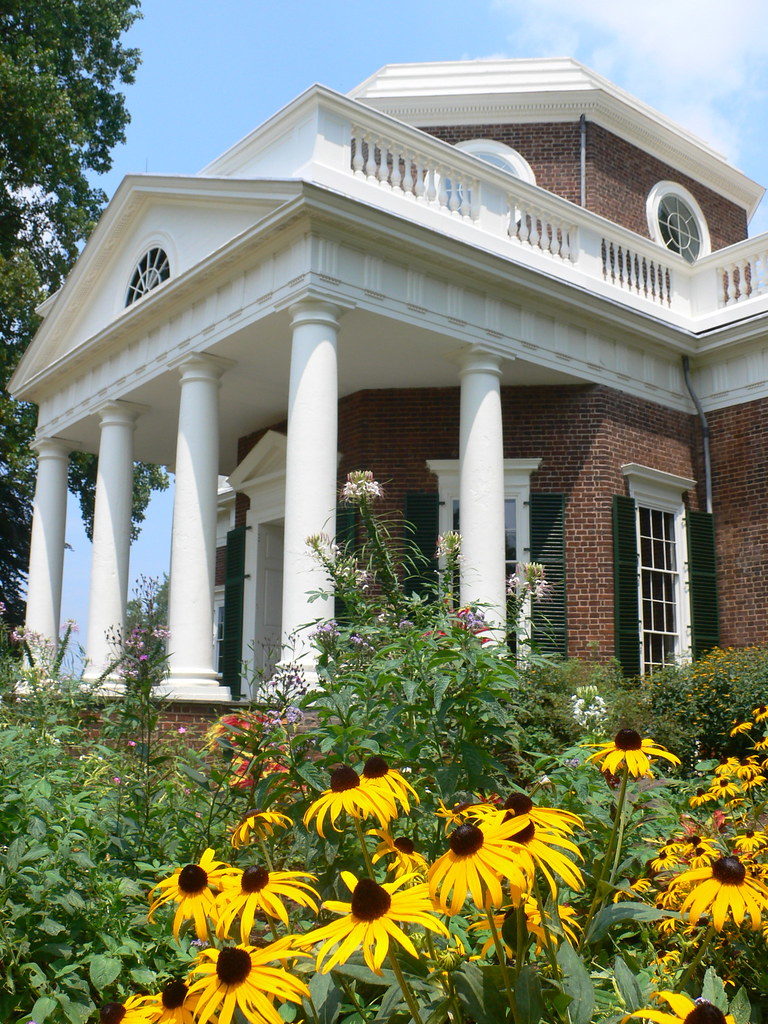Scrolling Twitter on my phone this morning, a new article from the BBC caught my eye and I knew I had to read it.
Henry VIII divorces led to copycat splits, Bangor researchers say
To save you a click – researchers from the Universities of Bangor (Wales) and Exeter (England) have found a series of court cases dealing with the marital misadventures of Edward Griffith from Gwynedd. Griffith was a Welshman whose life was contemporaneous with Henry VIII’s.
Griffith had married a young woman named Jane, who died shortly after their wedding, so Griffith married her sister Agnes instead. This apparently didn’t go so well, because Agnes left to live with her family again after a year.
After about two years of living without his wife (around 1529), Griffith decided to marry his mistress, another Jane. So – like the king, Griffith had two living wives. One wonders what Bible verse Griffith used to justify his bigamy, as his king was fond of Leviticus and not as big a fan of Deuteronomy.
Leviticus 20:21
“If a man shall take his brother’s wife, it is an unclean thing…they shall be childless.”
Henry used the above quote to assuage his ‘guilt’ at having taken Katherine of Aragon to be his wife in 1509, because it explained to him exactly why they hadn’t had ‘children.’ Of course, they DID have children. Katherine was pregnant at least 5 times and one of their children survived to adulthood to become England’s first undisputed queen regnant. Henry, though, when speaking of ‘children’ he meant sons.
Griffith was probably a fan of Deuteronomy 25:5, as he’d married his first wife’s sister. Having that Biblical permission makes things a bit easier, but in these cases, at least when royals were concerned, a papal dispensation was required.
If brothers dwell together and one of them dies and has no son, the wife of the dead shall not be remarried outside of the family to a stranger; her husband’s brother shall go into her, and take her as his wife, and perform the duty of a husband’s brother to her.
Deuteronomy 25:5
This happened fairly frequently -when a marriage was negotiated for political reasons but there were some Biblical reasons why it shouldn’t happen. Examples from the sixteenth century abound: marrying your dead wife’s sister (Manuel I of Portugal married two of Katherine of Aragon’s older sisters), marrying your dead husband’s brother (Katherine of Aragon married Henry VIII after the death of his older brother, Arthur), marrying a cousin (Charles V had been contracted to marry Mary, his first cousin), or marrying a niece (Philip II , son of Charles V, married Anna of Austria, and this is AFTER marrying his first cousin once removed, Maria Manuela and the above named Mary).
In Griffith’s case, he went back and forth between living with his second and third wives, eventually having three children with his third wife. Apparently he settled down with his third, his bestest most legitimate, wife after a bit and used the King’s marital misadventures to justify his own. Again, not unlike his king.
As Professor Rebecca Probert said, “Viewed in isolation, Edward appears at best indecisive and at worst a complete cad. But if you put his actions in the context of the actions of the king, it seems he felt bound by the arguments put forward by his ruler.”
Of course, that’s if you don’t think Henry, too, was a complete cad.
Now, the reason why I wanted to write about this today is to address some historical inconsistencies in the article. The work itself, by the scholars Probert and Owen, is fascinating and from what I’ve seen, well thought out and put together. The BBC, though, needs to take a bit more care with its captioning.

“Anne Boleyn was executed under Henry’s orders while he divorced Catherine of Aragon.”
This is patently untrue and honestly, unclear. The more I read it, the more I wonder what it is they mean exactly. Do they mean that she was executed during the divorce? Do they mean that Henry gave the orders for her execution during the divorce?
The answer to both of those questions is a resounding NO.
Anne Boleyn‘s fall and execution were due to a few different factors, personal and political. One possible factor was Katherine of Aragon’s death on 7 January 1536. Without Katherine around, Henry didn’t need to be as careful of his relations with European powers (who had generally disapproved of his taking Anne to wife). Katherine, even though she had been a thorn in the side of Anne for years, was a safety net at the same time. Henry was not going to put aside Anne, who he’d struggled FOR YEARS to gain recognition for as his One True Lawful Wife in the eyes of his kingly counterparts, while Katherine was still alive. However, once she was dead, that burden was lifted – he didn’t have to struggle to have Anne recognized as such, because at the time, she was the only wife left.
Another possible factor was the fact that Anne suffered a miscarriage of what is generally acknowledged to be a male fetus in late January 1536. Other scholars, notably Eric Ives (biographer of Anne Boleyn), claim that this put doubts in Henry’s head about the validity of THIS marriage. If God didn’t give him sons with Katherine and that marriage was obviously invalid, then the miscarriage of a son after Katherine’s death, when Anne was THE wife, didn’t bode well.
Suzannah Lipscomb, another brilliant historian, notes that Anne’s miscarriage WASN’T evidence in Henry’s mind that God frowned upon this marriage. Even though Henry was upset at the miscarriage (and who wouldn’t be? Both Anne and Henry desperately wanted this child) and had told Anne, “I see that God will not give me male children,” they recovered from their loss and were excited to try again as there would be no stain of illegitimacy on their next child as Katherine was dead. (Lipscomb, 1536 Oxford: Lion Hudson, 2009), 61 & 63).
After her miscarriage, though, Anne’s downfall came swiftly. She would have been in seclusion (or “confinement”) after childbirth for a little over a month, and would have emerged in early March 1536. This gave other factions jockeying for a position at court the opportunity to push Jane Seymour at Henry. Jane, like Anne, refused to be his mistress (but was seemingly content to engage in courtly flirtations). Now Henry had always had a wandering eye, even if he was generally happily married, so this affair in and of itself wouldn’t have been what led to Anne’s death. Katherine had tolerated Henry’s affairs with more grace than did Anne, but this, too, didn’t lead to her death. As Ives notes in Henry’s ODNB (Oxford Dictionary of National Biography) entry, up until a fortnight before her arrest, Henry was still trying to get Anne recognized as his lawful queen by Charles V (Charles V, the Holy Roman Emperor, was also Katherine’s nephew). So as late as 18 April, Henry acknowledged Anne as his lawful wife.
Ives lays the blame for Anne’s fall squarely on Thomas Cromwell‘s shoulders. Cromwell, Henry’s principal advisor, had been the one behind the divorce, and was a proponent of the Reformed faith (Protestantism). Anne, too, was sympathetic to the Reformed faith, but she and Cromwell were on opposite sides of a debate regarding what to do with all the money that came from the dissolution of the monasteries. Cromwell wanted all of the funds to go into the King’s coffers (and he would most likely be handsomely rewarded) whereas Anne felt the funds should be used for charitable works. On 30 April, the first of Anne’s alleged paramours, Mark Smeaton, was arrested. He, probably after torture, confessed to having slept with Anne. Five more men were accused of committing adultery with Anne (one was acquitted) and she was arrested on 2 May. She was conveyed to the Tower on 6 May for holding until trial.
On 15 May, Anne was tried on the charges of adultery, high treason, and incest. Historians generally believe Anne to have been innocent of all charges. She defended herself well in her trial, but the verdict of the 27 peers who sat as her jury was a unanimous ‘guilty’ and she was executed on 19 May 1536.
So… long story short – Anne couldn’t have been executed under Henry’s orders during his divorce from Katherine, as the caption suggests. Katherine had been dead for months before the machinations of Anne’s swift fall had begun.
While the rest of the article is interesting and adds to historical scholarship, the BBC needs to do better with how that work is presented and what is posted alongside that work. Giving this incorrect information as context is disrespectful to the scholars whose work you’re covering. #dobetter
















